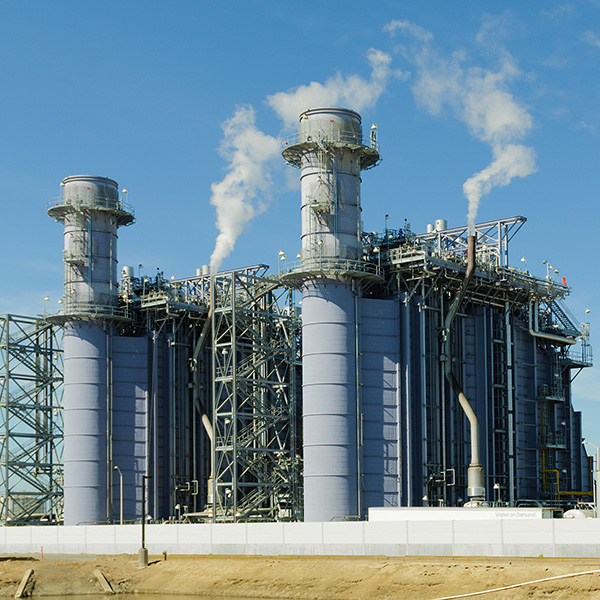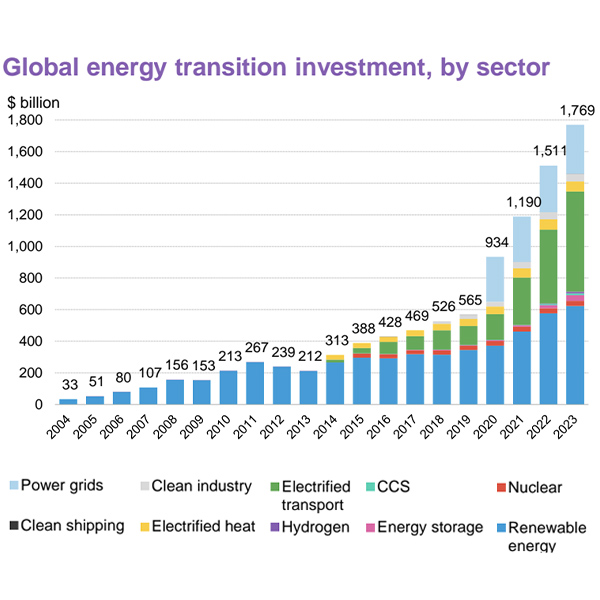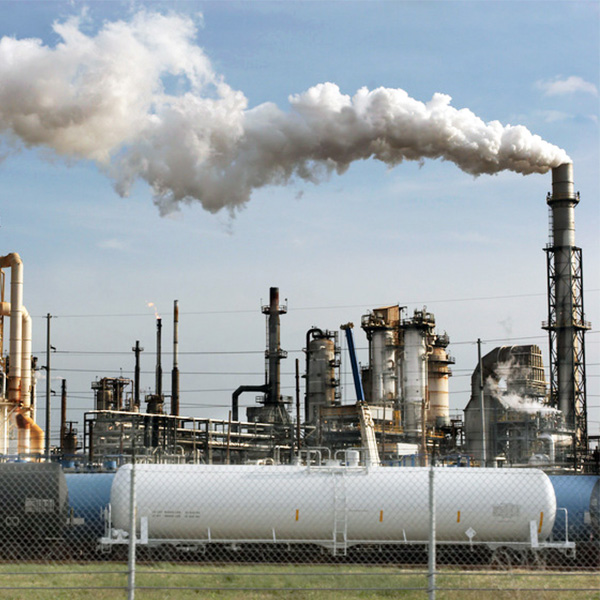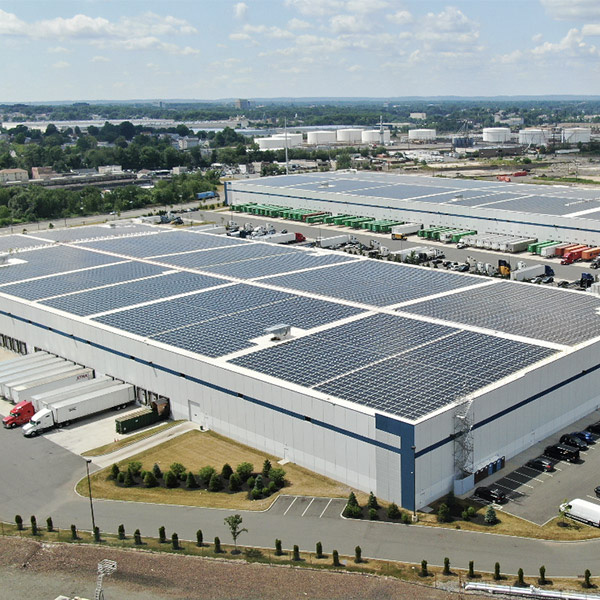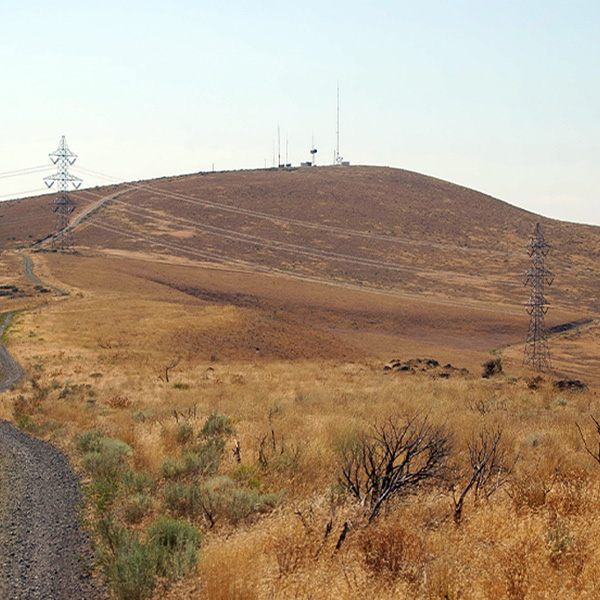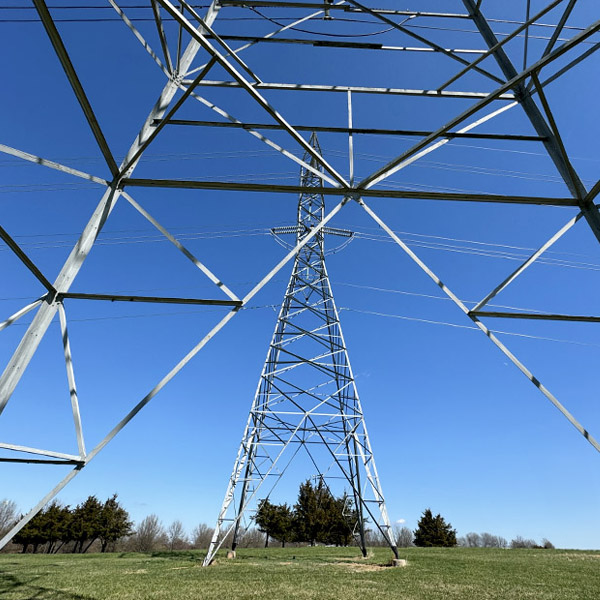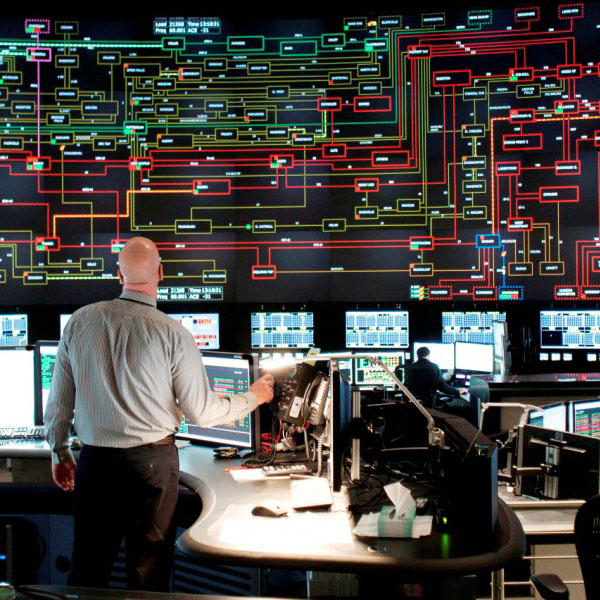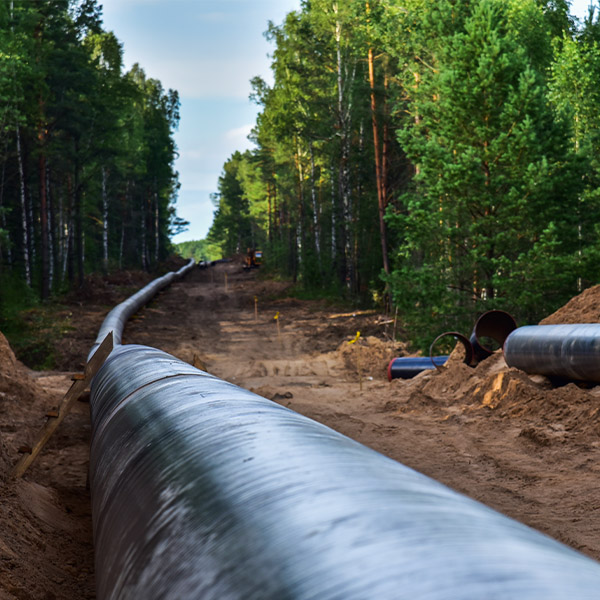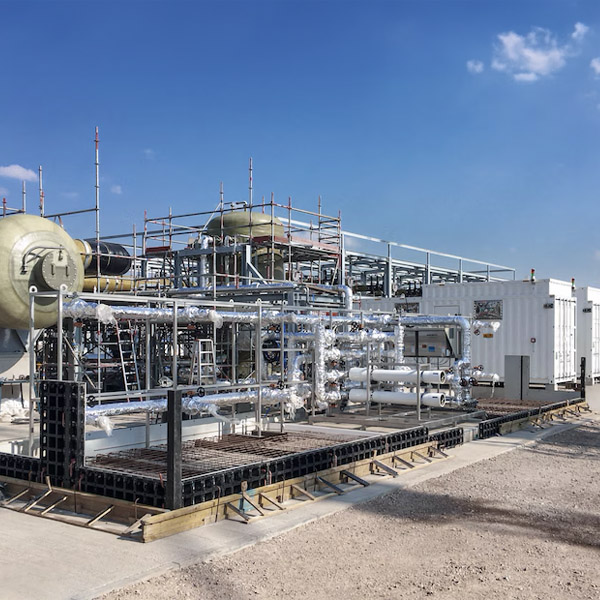NetZero Insider
Agriculture & Land UseBuilding DecarbonizationCookingEnergy EfficiencySpace HeatingWater HeatingCommentary & Special ReportsConference coverageCompany NewsEquity & EconomicsEmployment & Economic ImpactEnvironmental & Social JusticeFederal PolicyCongressDepartment of EnergyLoan Programs Office (LPO)Department of TransportationEnvironmental Protection AgencyFederal Energy Regulatory CommissionGeneral Services Administration (GSA)Interior DepartmentBureau of Land ManagementBureau of Ocean Energy ManagementNuclear Regulatory CommissionTreasury DepartmentWhite HouseGeneration & FuelsBioenergyFossil FuelsCoalNatural GasGeothermalHydrogenNuclearSMRRenewable PowerCommunity solarHydropowerOffshore Wind PowerOnshore Wind PowerSolar PowerRooftop solarUtility scale solarImpact & AdaptationIndustrial DecarbonizationState and Local PolicyAlabamaArizonaCaliforniaCA LegislationCalifornia Air Resources Board (CARB)California Energy Commission (CEC)California Public Utilities Commission (CPUC)ColoradoConnecticutDelawareDistrict of ColumbiaFloridaGeorgiaHawaiiIdahoIllinoisIndianaLouisianaMaineMarylandMassachusettsMichiganMississippiMissouriMontanaNevadaNew HampshireNew JerseyNew MexicoNew YorkNYSERDAPublic Service CommissionNorth CarolinaOhioOregonPennsylvaniaRhode IslandSouth CarolinaTennesseeTexasUtahVermontVirginiaWashingtonWest VirginiaWisconsinWyomingTechnologyCarbon CaptureTransmission & DistributionEnergy StorageMicrogridsTransportation DecarbonizationAirplane DecarbonizationEV chargersHeavy-duty vehiclesBattery Electric Buses (BEB)Fuel Cell Electric Buses (FCEB)Light-duty vehiclesBattery Electric VehiclesFuel Cell VehiclesPlug-in hybrid electric vehiclesShip electrificationClean Ports
A DOE report on resource adequacy says firms investing in natural gas capacity could be retrofitted with carbon capture and storage, or the ability to burn clean hydrogen.
Global investment in passenger electric vehicles was up 36% in 2023, investment in energy storage jumped 77%, and investment in carbon capture and storage nearly doubled.
The New Jersey Board of Public Utilities approved eight solar projects in its second solicitation for grid-scale projects, nine months after declining to support any bids in the first solicitation due to cost.
Bolstered by a nearly $5 million war chest, supporters of Washington’s cap-and-invest system have begun efforts to defeat a campaign that seeks to scrap the carbon allowance program through a referendum this fall.
The New Jersey Economic Development Authority approved the establishment of a green bank to help the state reach its clean energy goals.
Washington’s EFSEC recommended approval for a slimmed-down version of a controversial wind project proposed for a site just south of the Tri-Cities in southeastern Washington.
The six New England states have submitted two applications for federal funding for transmission projects aimed at improving grid reliability and enabling the interconnection of clean energy resources.
New York has launched a process to maximize the use and effectiveness of flexible tools such as distributed energy resources and virtual power plants.
FERC rejected rehearing requests on the expansion of the Gas Transmission Northwest pipeline’s capacity into the Northwest over three states’ objections and Commissioner Allison Clements’ dissent.
A California legislative committee has passed a raft of energy-related bills, including legislation focused on grid-enhancing technologies, hydrogen and data centers.
Want more? Advanced Search
